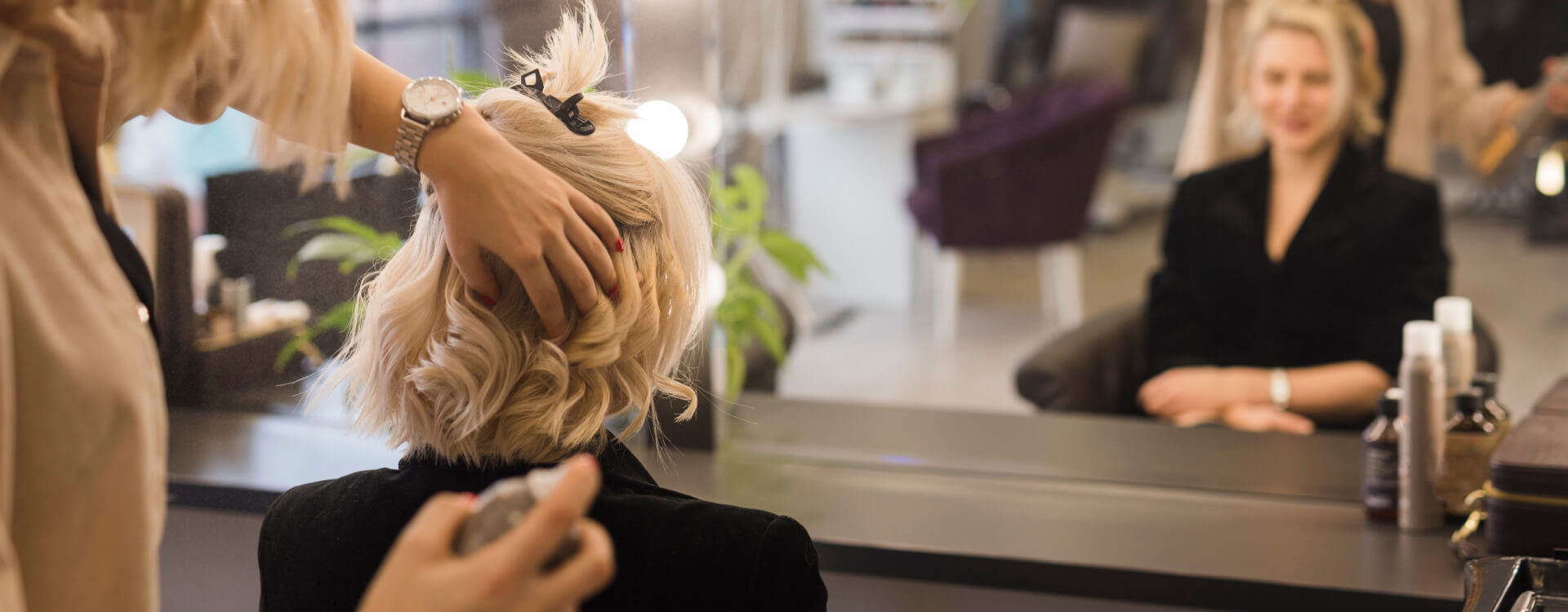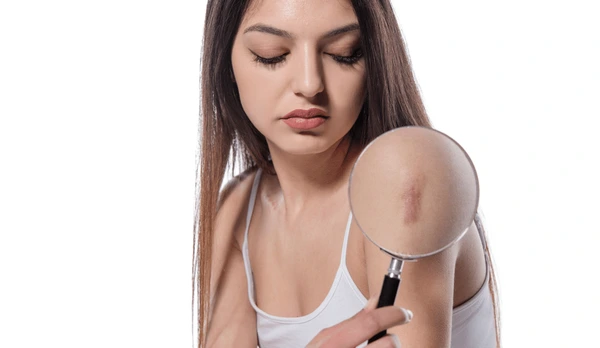
About
Keloid/Scar
For stubborn keloid scar treatment in Lucknow, visit The Velvet Skin Centre, Indira Nagar. Our dermatologist uses advanced methods for smoother, scar-free skin.
Book Appointment NowCall to book Appointment +91 8002558860

About
For stubborn keloid scar treatment in Lucknow, visit The Velvet Skin Centre, Indira Nagar. Our dermatologist uses advanced methods for smoother, scar-free skin.
Book Appointment NowA keloid is a type of raised scar that occurs when the body overproduces collagen at the site of a wound or injury. Keloids are typically smooth and rubbery, and they can be pink, red, or purple in color. They can be itchy or painful, and they can grow beyond the boundaries of the original wound. Keloids are more common in people with dark skin, but they can occur in people of any race.
Keloids can form after any type of injury to the skin, including cuts, burns, piercings, or surgical incisions. They can also form spontaneously without an obvious cause. Keloids are benign, but they can cause cosmetic concerns and can interfere with movements, in some cases. Treatment for keloids includes corticosteroid injections, cryotherapy, laser therapy, surgery, and pressure therapy.

At The Velvet Skin Centre, Indira Nagar, Dr. Asma provides expert keloid and scar treatment in Lucknow. Keloids and raised scars can cause discomfort and cosmetic concerns. Using techniques like steroid injections, laser therapy, and advanced dermatological methods, we safely reduce scar size and appearance. Patients achieve smoother, more even skin and improved confidence under expert care.
Keloid scars typically have the following characteristics:
In some cases, keloids may also be associated with hyperpigmentation or hypopigmentation (changes in skin color). It is important to note that not all raised scars are keloids, and it is important to consult with a dermatologist or plastic surgeon for a proper diagnosis.
The exact cause of keloids is not fully understood, but it is believed to be related to the way the body heals from wounds or injuries. Keloids occur when the body overproduces collagen at the site of a wound or injury, resulting in a raised scar that grows beyond the boundaries of the original wound.
Some of the known risk factors and causes for keloids include:
Not everyone who develops a wound or injury will get a keloid, and the presence of these risk factors does not mean that a keloid will definitely occur.
Treatment for keloid scars typically involves a combination of different therapies, and may include:
Not all keloids respond to treatment, and some may require a combination of treatments to achieve the best results. Also, it's important to work with a board-certified dermatologist or plastic surgeon who has experience in treating keloids, and to follow their post-treatment instructions carefully to minimize the risk of recurrence.
About
About
With multiple skin and hair care clinics across Lucknow, including The Velvet Skin Centre led by Dr. Asma – the best skin doctor in Lucknow and a trusted hair specialist doctor in Lucknow – we make expert dermatological treatments easily accessible, ensuring you receive the best care close to home.
Phone: +91 8002558860
Phone: +91 8002558860
Phone: +91 8002558860

Copyright @ 2025 The Velvet Skin Centre All Rights Reserved